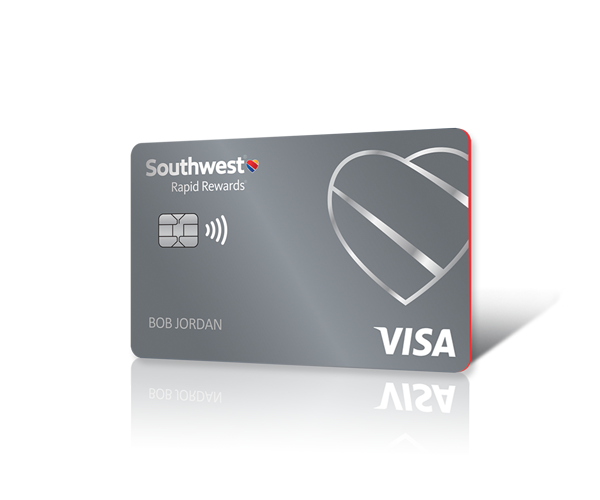The Southwest® travel experience
New
Digital Bag Tracking
You can now track your bag to know it's still with you.
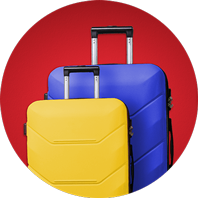
Two bags fly free®1
Your first two checked bags fly free, so go ahead—overpack.
1First and second checked bags. Size and weight limits apply.

No change2 or cancel3 fees
Book like a boss—if your plans change, our flexible policies have got
you covered.
2Fare difference may apply. 3Failure to cancel a
reservation at least 10 minutes prior to departure may result in
forfeited travel funds.

Flight credits that don't expire4
Flight credits from canceled flights stay in your account until you're
ready to use them.
4Flight credits unexpired on or created on or after July 28,
2022 do not expire and will show an expiration date until our systems
are updated. Visit
Southwest.com/experience
for details.
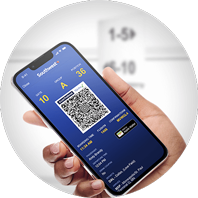
ABCs of boarding
We board in groups A, B, and C, and line up in numerical order. Your
boarding position is on your boarding pass.
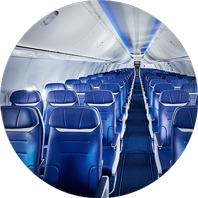
Open seating
We don't assign seats at Southwest, so enjoy the freedom of picking any
available seat upon boarding.

Inflight
entertainment
Our fleetwide satellite-based Inflight Entertainment Portal features a
flight tracker5, texting7, movies, TV series on
demand, and live TV8—all for free!
5Where available. Available only on WiFi-enabled aircraft.
Limited-time offer.
7Texting only allows access to iMessage and WhatsApp (which
must be downloaded and activated before connecting to SouthwestWiFi).
8Due to licensing restrictions, on WiFi-enabled international
flights, free live TV and iHeartRadio may not be available for the full
duration of flight.

Food and Beverage
Most of our flights feature free snacks and drinks for everyone. Looking
for a little more? We also have premium beverages1 for sale.
Cheers to you!
1Alcohol purchased onboard must be consumed onboard. You must
be 21 years or older to drink alcoholic beverages. According to the U.S.
Surgeon General, women who are pregnant or who may become pregnant
should not drink alcoholic beverages because of the risk of birth
defects. In accordance with FAA regulations, Customers are prohibited
from consuming alcoholic beverages onboard that are not served by
Southwest Airlines®. Customers will not receive a
beverage with a cap.
Shopping and booking with us

Your Rapid Rewards® points
can take you to new
places.6
With unlimited reward seats, no blackout dates, and points that don't
expire, you'll be planning your next getaway in no time.
6All Rapid Rewards® rules and regulations
apply and can be found at
Southwest.com/rrterms.
Find our lowest fares each day with our Low Fare Calendar.
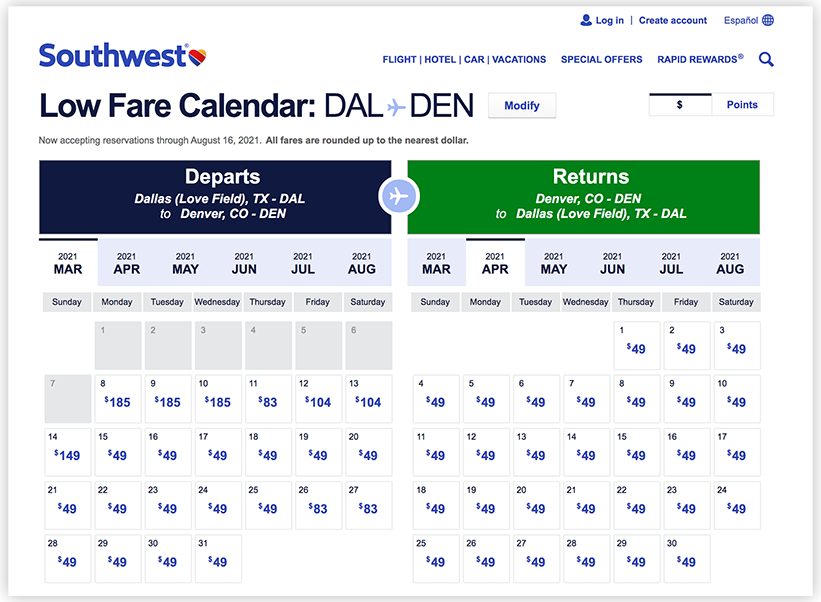

See where we fly.
With an extensive network, we serve more than 100 destinations
throughout North America, Central America, and the Caribbean—even
Hawaii.
See where we're flying to now and
where we're headed to next.
Getting ready for your trip
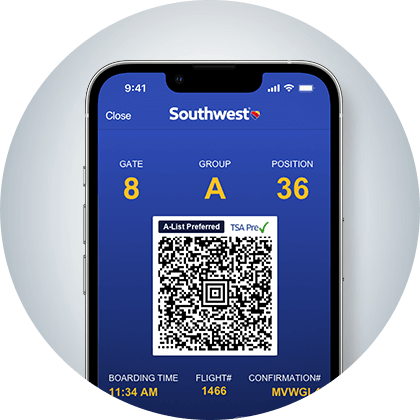
The Southwest mobile app:
More convenience, more control.
Get push notifications to check in for your flight, flight status
notifications, and more on the Southwest app.
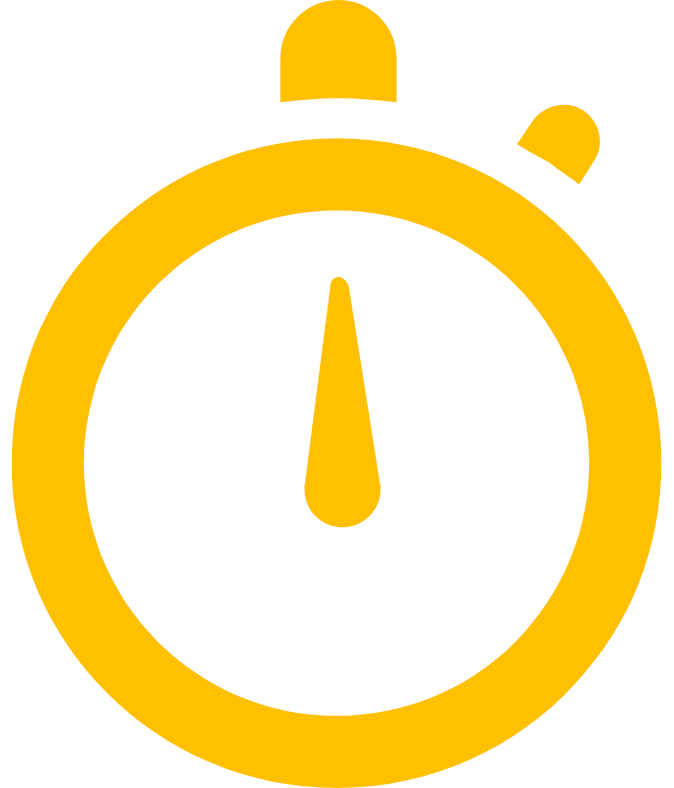
Check in 24 hours before departure to get your boarding position.
We don't assign seats at Southwest, so boarding the aircraft earlier
means you have more seats to choose from. The check-in window opens 24
hours before your flight, and your check-in time determines your
boarding position. Check in right at the 24-hour mark for a good
boarding position!
Don't want to worry about check-in? We can do it for you when EarlyBird Check-In is available!
Don't want to worry about check-in? We can do it for you when EarlyBird Check-In is available!

Flying with us
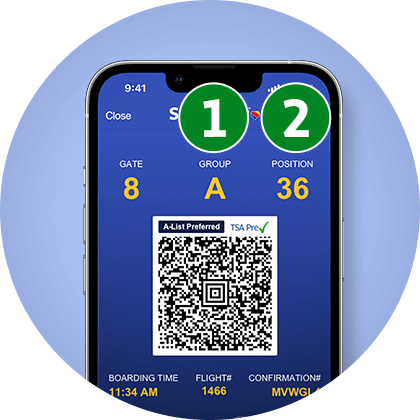
First time boarding?
We're here to help.
- This is your boarding group (A, B, or C)
- This is your boarding position (1-60)
When your boarding group is called, stand by the
column with your boarding position on it until it's
your turn to board.
Need more info? Learn more about our boarding process.
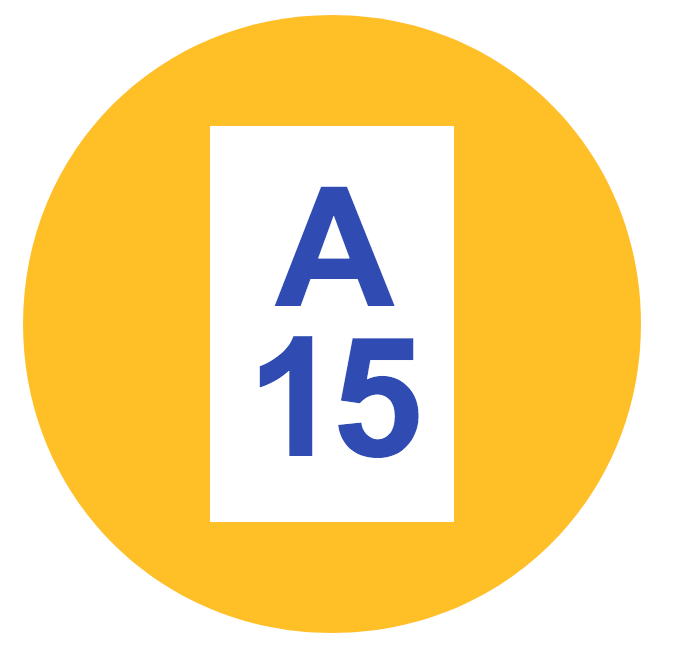
Want to be one of the first to board?
If you want a guaranteed A1-A15 boarding position, be
sure to purchase a Business Select® fare.
Learn more about a Business Select fare
Learn more about our other fare classes
If there are seats available, you can upgrade your boarding position starting from $30 per segment, per Customer, based on the popularity and length of each flight segment. Upgraded Boarding can easily be added to your reservation when you check-in for your flight via the Southwest® app or Southwest.com®. Please see our optional travel charges for more details.
Learn more about Upgraded Boarding
Learn more about a Business Select fare
Learn more about our other fare classes
If there are seats available, you can upgrade your boarding position starting from $30 per segment, per Customer, based on the popularity and length of each flight segment. Upgraded Boarding can easily be added to your reservation when you check-in for your flight via the Southwest® app or Southwest.com®. Please see our optional travel charges for more details.
Learn more about Upgraded Boarding




